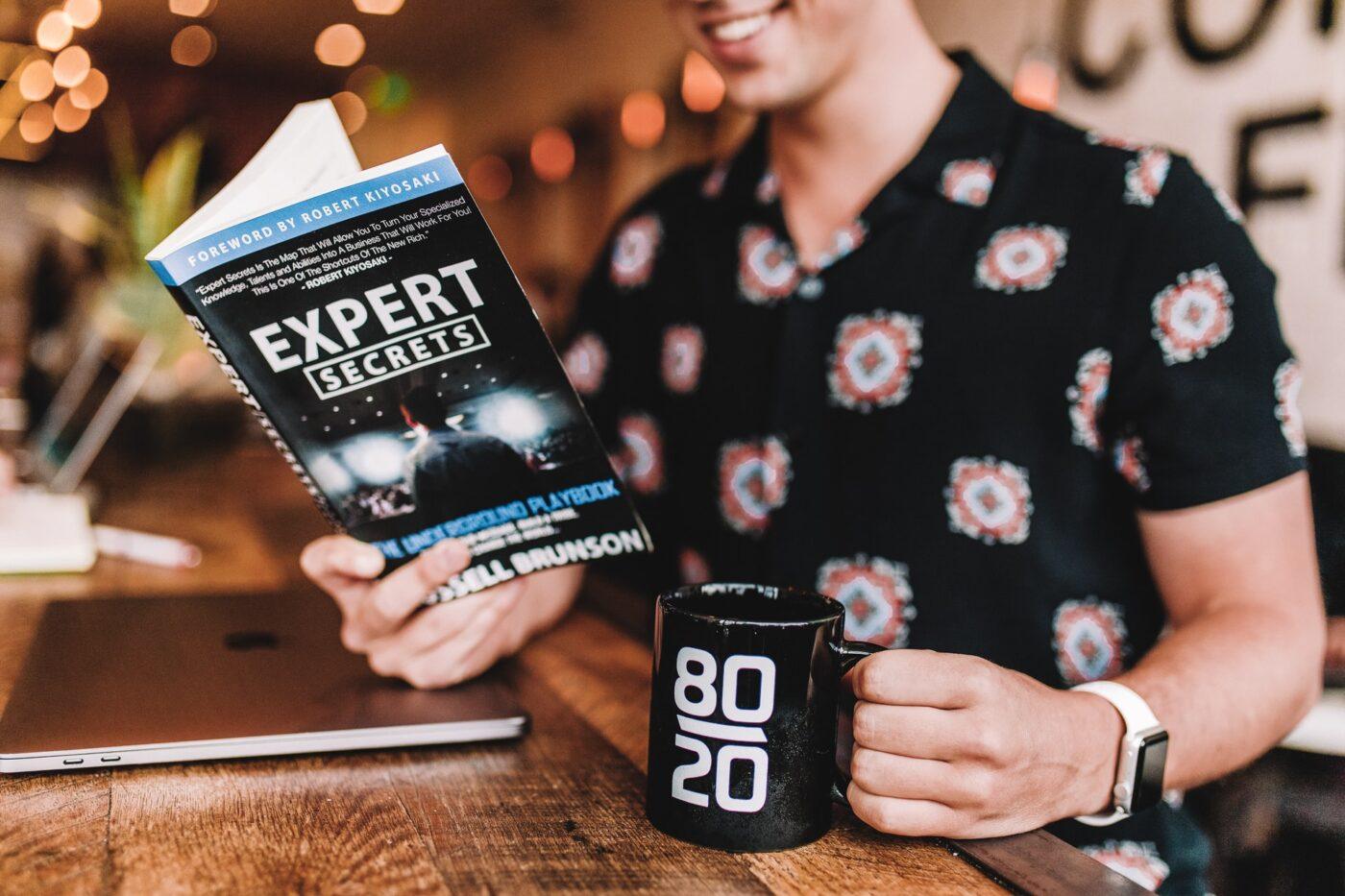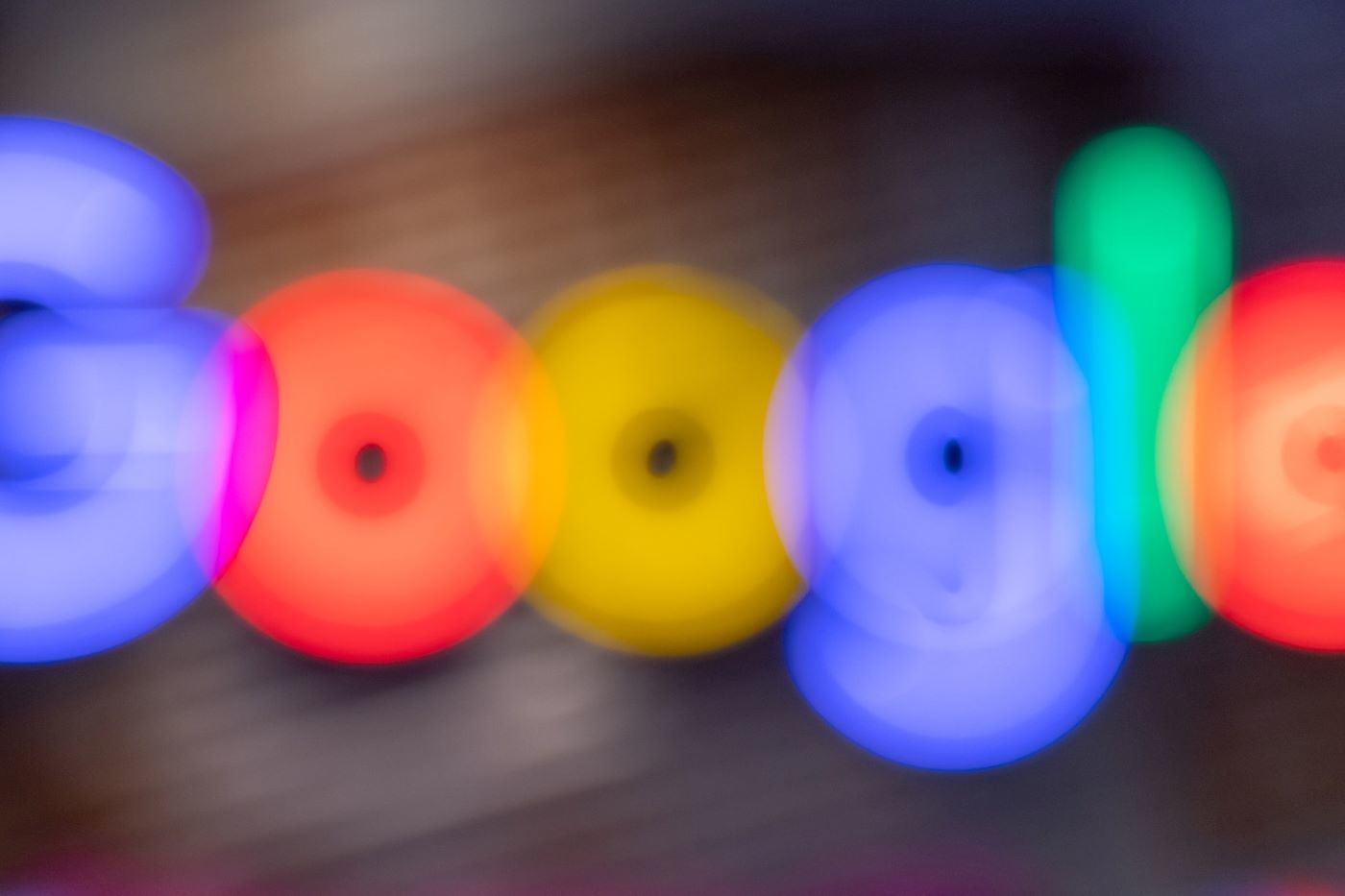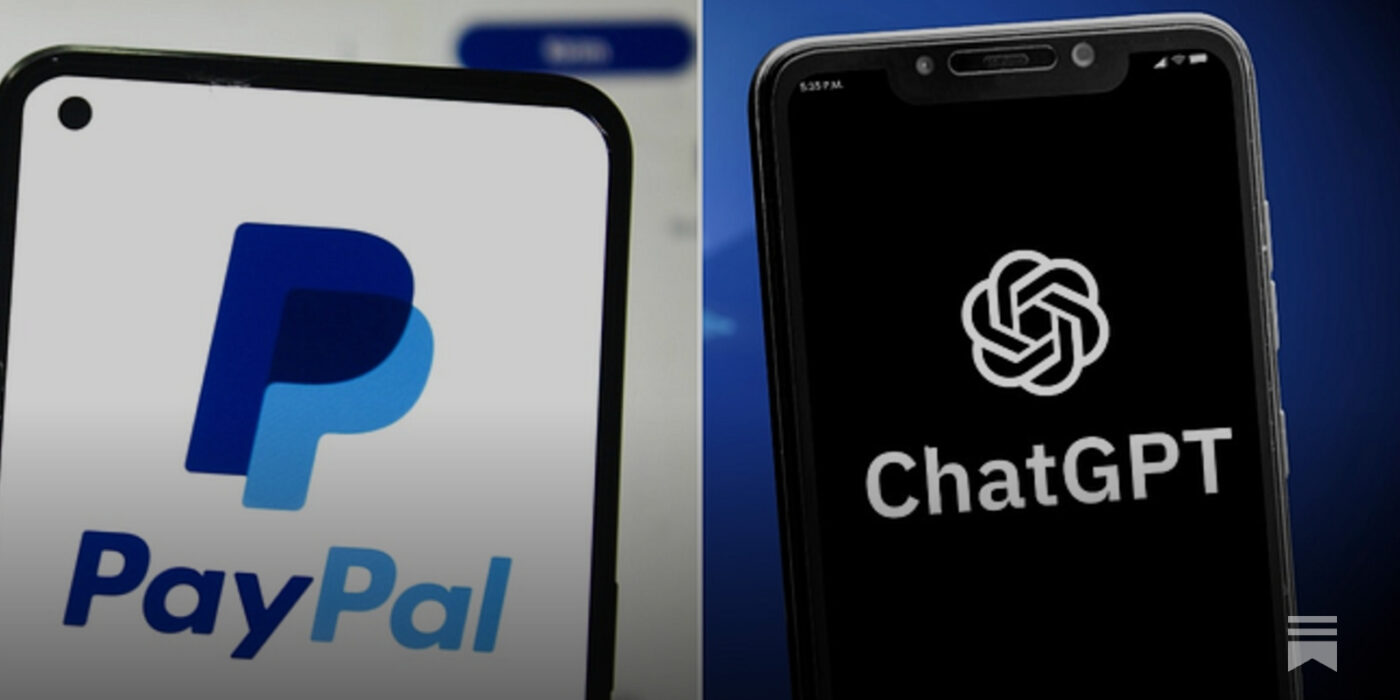What is “Click‑to‑Book” Travel Content?
In the travel sector, “click‑to‑book” means embedding a booking hook (hotel, flight, experience) directly within content so that the user can move from inspiration to purchase in the same flow.
At one time, travel content was all about sparking wanderlust. Beautiful photos, evocative stories and aspirational itineraries.
Today, it’s changing into something more direct and much more competitive.
Increasingly, content is not just inspiration. It’s turning into a funnel to book. Social posts, Reels, editorial features; these are becoming direct touchpoints for bookings. This blog looks into that shift, reviews real examples, and maps out what you should do next.
What’s Driving the Shift?
A few forces are converging:
Audience expectations: People expect frictionless experiences. When a beautiful destination Reel appears, they don’t want to click away, wander around, then return. They want “book now.”
Platform capability: Platforms are introducing richer commerce features; shop buttons, embedded booking widgets, and app integrations.
Startups pushing the idea: New use cases are proving that seamless “book from content” experiences are viable.
Data & monetisation: For brands, content is no longer only top funnel. It has to justify budgets by converting, not just by reaching.
One of the most exciting examples is Airial, a startup turning TikToks, travel Reels and blog posts into fully bookable itineraries. Airial’s public beta is live. They let users paste a social link or describe their trip and generate a full itinerary with costs, hotels, transport, and “Book Now” options.
They are essentially collapsing the gap between content and booking.
Airial’s pitch isn’t just clever it signals a shift. Content isn’t just funnel or awareness; content is commerce.
What “Click-to-Book” Moments Look Like Today
These are the content + commerce patterns we’re already seeing:
| Format | How Booking Hook Appears | What It Enables |
|---|---|---|
| Social (Reels / TikToks) | A “Book Your Trip” CTA overlays the video or appears at the end, or a “plan this trip” button | Users stay in-platform rather than leaving for a booking site |
| Embedded Widgets in Editorial | Within a travel article, itineraries or calls to action allow direct booking or price checking | Readers move from reading to booking without leaving the article |
| Itinerary Generators | Content that “builds your trip” around your interest, with live transport & hotel choices | Customised trip creation + booking in one flow |
| Conversational / Chat Interfaces | Content plus chat flows that ask preferences and suggest bookable elements immediately | A frictionless conversational commerce approach |
What’s key is that commerce hooks are no longer “nice to have” extras. They are integral and expected.
Why This Matters for Media Spend & Content Strategy
If content = conversion, everything else changes.
1. Budget needs rebalancing
You can’t simply invest in awareness. You’ll need to weave conversion into content. That means budgets for embedding booking tech, CMS integrations, APIs, widgets, not just better visuals.
2. Measurement & attribution evolve
Engagement metrics (views, likes, dwell time) remain useful, but the ultimate measure becomes how many bookings originate from content exposures or flows that never leave content. Attribution needs to understand the content → commerce path, not just content → click to site.
3. Content production must be commerce-aware
Writers, content strategists and creatives need awareness of:
- What booking fields are required (dates, availability, location, price)
- How to surface them (e.g. “From £x per night”, “Choose dates”)
- How to build UI/UX that natively supports small commerce interactions
Content teams should now collaborate more closely with product, engineering, and commerce functions.
4. Tech & ecosystem partnerships become vital
To enable “click-to-book”, you need:
- Booking APIs
- Inventory and availability sync
- Payment / purchasing flows
- UI layers within content environments (mobile, web, social)
Working with partners or building flexible composable architectures becomes a competitive edge.
Risks, Frictions & What to Watch Out For
This shift isn’t without challenges. Knowing them helps you avoid missteps.
User expectation mismatch: If the booking experience underdelivers (pricing errors, availability gaps), you’ll erode trust.
Technical complexity: Integrating booking logic into editorial systems or social platforms can take serious dev work.
Margins & fees: If third parties take a cut (platforms, booking APIs), your margins on “content commerce” may be tight.
Creative dilution: Overemphasis on booking hooks can pull content toward sales rather than story and that may kill engagement.
How to Start Experimenting (Without Rewriting Your Entire Strategy)
Here’s a phased path to move from theory to action:
Pilot a single content piece with an embedded booking hook
Choose a strong-performing article or Reel, embed a minimal booking option (e.g. “Check Price” or “Book Now”) and measure the conversion rate.
Overlay “micro-CTAs” in content
Wherever you mention hotels, flights or experiences, link those words to your internal booking flow or widget.
Build a modular slot for commerce in content templates
Have a UI placeholder (on web, mobile) that can hold pricing, availability, or booking widgets.
Partner where needed
Work with booking APIs, hotel aggregators, or third-party systems to handle inventory, availability and pricing.
Measure & iterate
Track which content formats and placement combinations yield bookings. Double down on what works; drop the rest.
Scale across channels
Roll the commerce logic into Reels, social posts, editorial hubs, email, wherever content meets audience.
The transformation of travel content from inspiration to transaction represents a shift in how the industry operates. What was once a linear journey from awareness to consideration to booking has collapsed into a single, seamless experience. The winners will be those who embrace this change early, invest in the right technology partnerships, and find the balance between compelling storytelling and frictionless commerce.
The most successful brands will be those that maintain their ability to inspire while simultaneously removing every barrier between inspiration and action. Start small, experiment thoughtfully, and let the data guide you. The future of travel content isn’t just about making people dream, it’s about making those dreams immediately bookable.
Frequently Asked Questions: Click-to-Book Travel Content
What types of travel content work best for click-to-book?
Short-form video content (like Reels and TikToks), editorial articles with embedded widgets, itinerary builders, and interactive chat interfaces all perform well. The key is that they support a seamless transition from inspiration to action within the same experience.
How much should a travel brand invest in content and commerce integration?
Investment should reflect the revenue potential of direct bookings. Start small by integrating basic booking CTAs in top-performing content, then scale with booking APIs, inventory systems, and commerce-focused UX as performance proves out.
What metrics should you track for a click-to-book campaign?
Track conversion rate (from content views to bookings), attribution path (which content generated bookings), dwell time, and revenue per content type. These metrics help determine which formats and placements drive actual transactions.







Leave a Reply